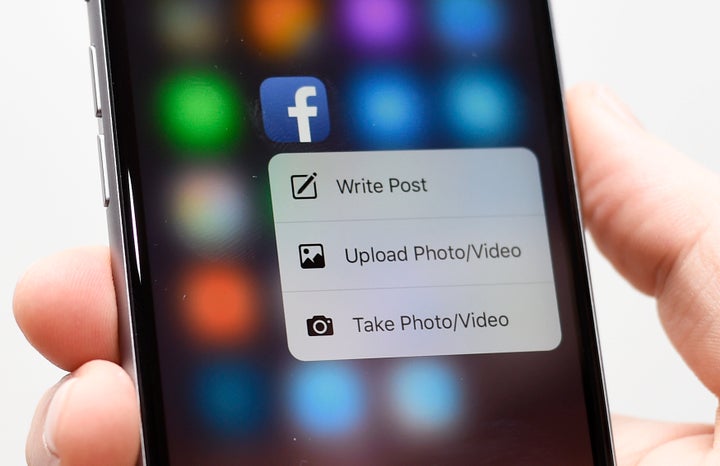We've all been there: You're scrolling through your Facebook feed and suddenly you stumble across an embarrassing picture.

If it's a friend who's uploaded it you can ask them to take it down, but what if it's someone you don't even know?
Computer scientists at Lancaster University believe they've found the solution by creating a computer algorithm which takes into account everyone's privacy settings and then proposes a solution.
The affected parties are then given a choice to accept the solution, whether it's taking the photo down or untagging a person, and then the software does the rest.
While Facebook's privacy settings have hugely improved over the last few years the team at Lancaster discovered a gap when it came to Facebook photos and how they coincided with different people's privacy settings.
The result of this would often mean that unwanted or embarrassing pictures would remain on the site with little or no solution being available to resolve the issue.

“This is a massive and serious problem as users’ individual privacy preferences for co-owned items, such as photos, usually conflict, so applying the preferences of only one party risks these items being shared with undesired recipients,” says Dr Jose Such, Lecturer at Lancaster University’s School of Computing and Communications.
“This can lead to privacy violations, which in some cases can have severe consequences such as people losing their jobs or being cyberstalked.”
In the paper, ‘Resolving multi-party privacy conflicts in social media’, published by the journal IEEE Transactions on Knowledge and Data Engineering the team explain how they tested their new algorithm on over 50 participants and found it to regularly outperform traditional methods.
With the current solution being a manual one (tracking down the photo, then negotiating with the person who uploaded it), the hope is that by creating an automated 'mediator' people can feel more in control of who's seeing their pictures on Facebook, Twitter or any other social network.
Dr Such said: “This is the first mechanism for detecting and resolving privacy conflicts in social media that is able to adapt the conflict resolution strategy based on the particular situation. It has the potential to reduce the amount of manual work needed to achieve a satisfactory solution for all parties involved in social media privacy conflicts.”
